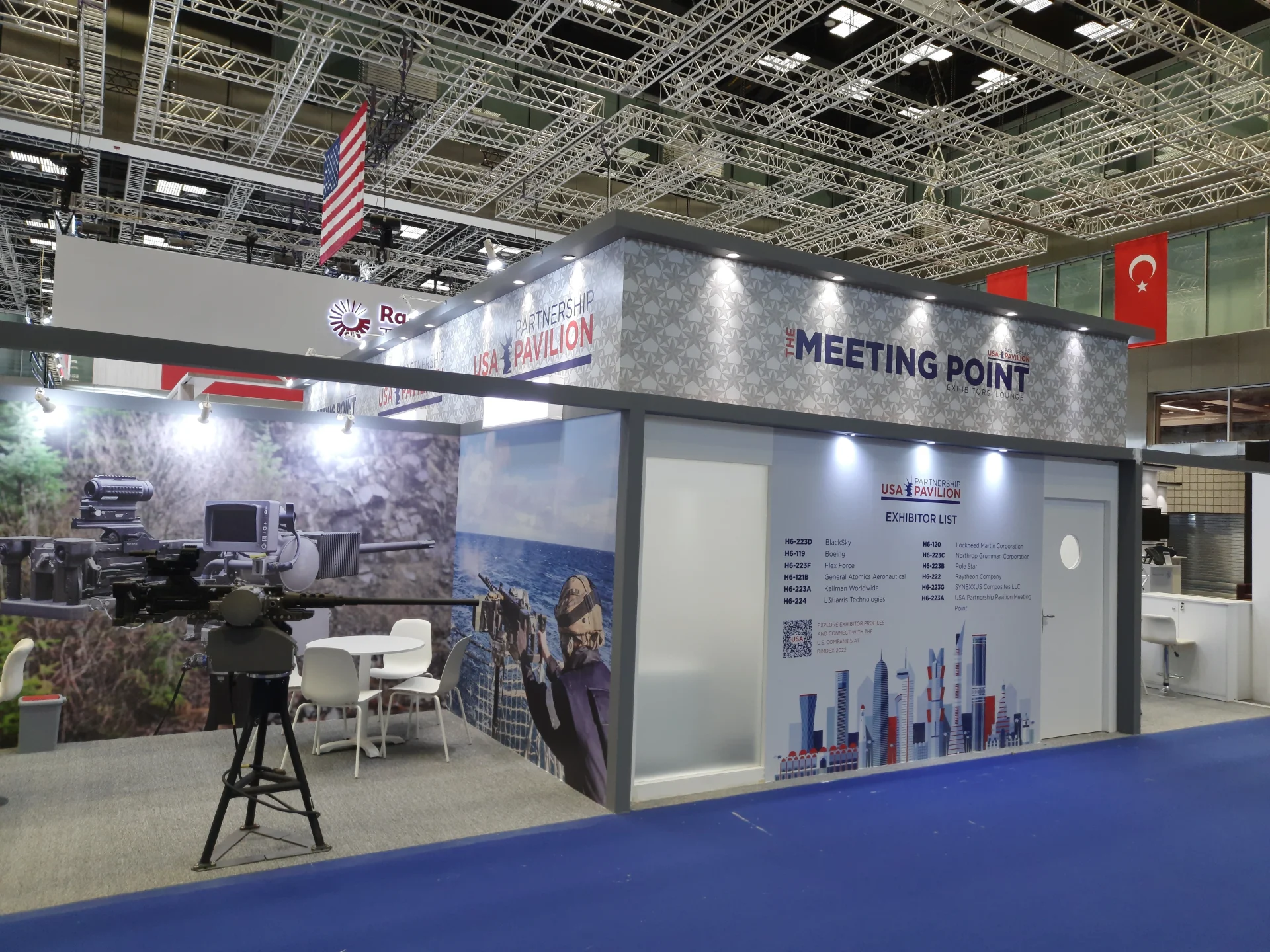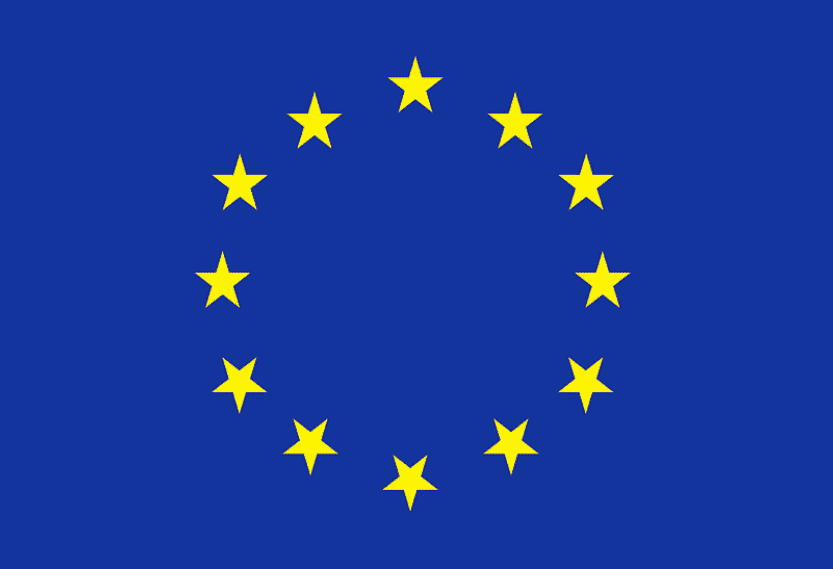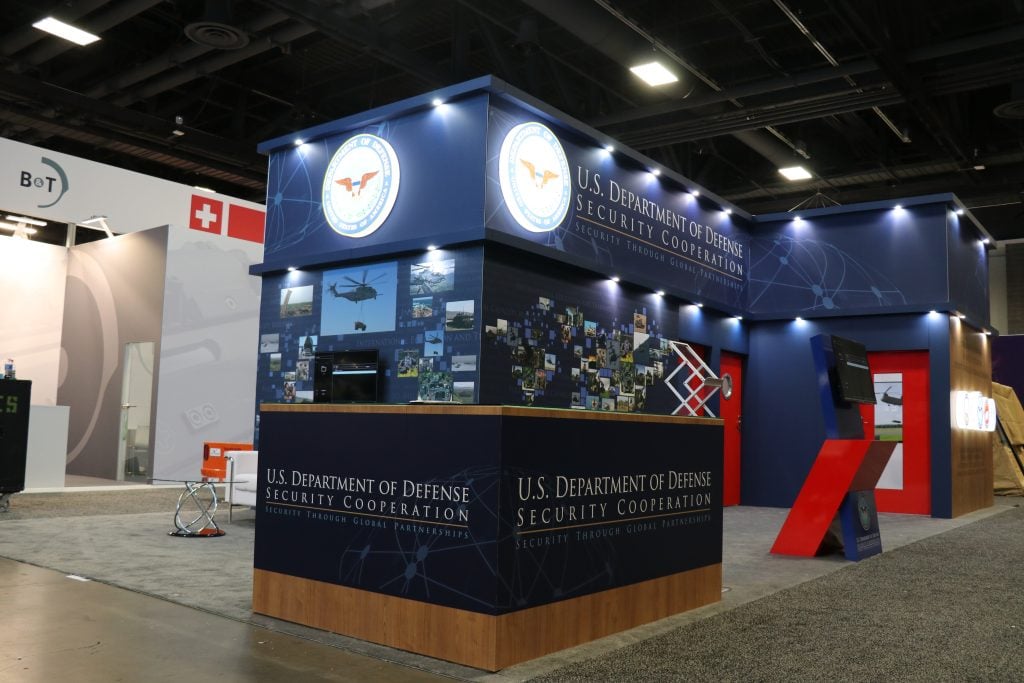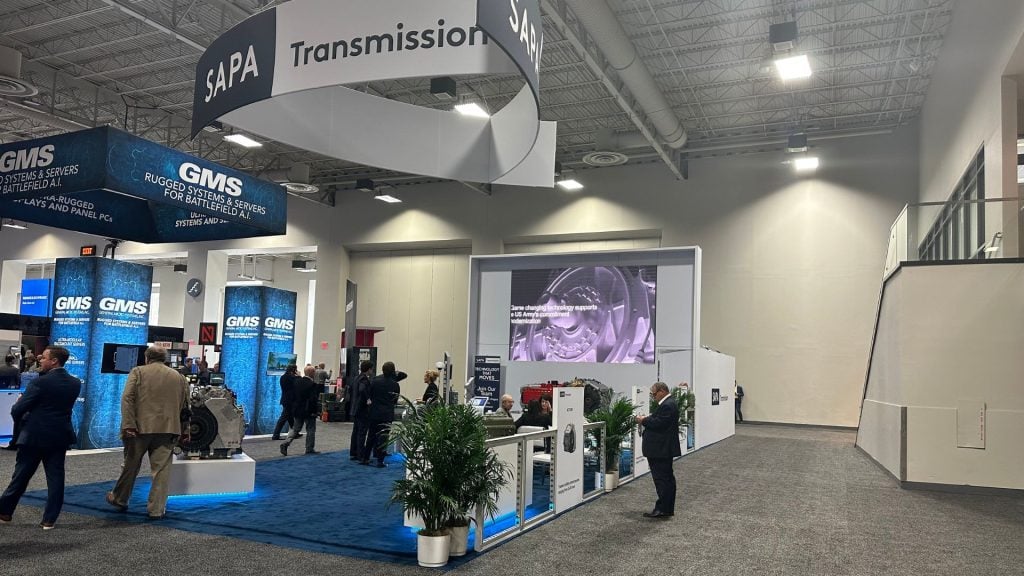
Introduction
Trade shows are powerful platforms for businesses to showcase their products, network, and generate leads. However, to make the most out of your participation, detailed preparation is key. Here’s a comprehensive pre-event checklist to help you prepare for a successful trade show experience.
1. Define Your Trade Show Objectives
Start by outlining clear goals for the event. Are you there to generate leads, launch a new product, network with industry professionals, or build brand awareness? Defining your objectives helps focus your efforts and resources.
• Set specific, measurable goals (e.g., “Generate 100 qualified leads”).
• Identify target audiences: Know which attendees or companies you want to connect with.
• Allocate budget: Determine how much you’re willing to invest in booth design, marketing materials, staffing, and more.
2. Plan and Design Your Exhibit Booth
Your booth is the first thing attendees will notice, so design it to reflect your brand and capture attention. Key factors include:
• Choose between custom and modular exhibits depending on your needs.
• Maximize branding: Ensure your brand colors, logos, and messaging are consistent and highly visible.
• Incorporate interactive elements: Use touchscreens, demos, or virtual reality to engage visitors.
• Finalize booth layout: Plan spaces for product displays, seating areas, and meeting zones to facilitate easy interaction.
3. Promote Your Presence in Advance
Generate excitement before the event by promoting your participation. Use different marketing channels to get the word out:
• Send out email campaigns to invite your clients, partners, and prospects to your booth.
• Create social media posts using event hashtags, countdowns, and sneak peeks of your booth or products.
• Post on event websites or portals to ensure attendees are aware of your participation.
• Consider paid promotions: Use Google Ads or social media ads to reach a wider audience.
4. Train Your Trade Show Team
Your booth staff plays a critical role in making a good impression. Ensure they are well-prepared with:
• Product knowledge: Staff should be able to confidently discuss product features and benefits.
• Customer engagement strategies: Train your team to approach attendees, ask qualifying questions, and start conversations.
• Lead capturing processes: Equip them with tools or apps to capture attendee contact information efficiently.
5. Prepare Marketing Materials and Giveaways
Ensure your booth is well-stocked with branded materials that communicate your message and create lasting impressions.
• Brochures and catalogs: Provide detailed information on your products and services.
• Business cards: Ensure all team members have up-to-date cards to hand out.
• Digital content: Offer downloadable white papers, guides, or product demos via QR codes.
• Giveaways and swag: Consider eco-friendly, branded items that are both useful and memorable.
6. Schedule Meetings in Advance
Maximize your time by booking meetings with key prospects or clients before the trade show.
• Reach out to attendees: Use the event’s attendee list or networking platform to schedule face-to-face meetings.
• Set a meeting schedule: Organize your calendar to ensure your team knows when and where meetings will take place.
• Prepare meeting materials: Have presentation decks, contracts, or case studies ready for key client meetings.
7. Plan Your Logistics
Logistics planning is critical to ensure that everything runs smoothly on the day of the event. This includes:
• Shipping: Arrange to ship your booth materials, products, and marketing collateral to the venue on time.
• Travel and accommodation: Book flights, hotels, and transport for your team well in advance.
• Event registration: Confirm that your company and team members are registered for the event.
• On-site services: Order electrical, internet, and AV services as needed.
8. Test All Technology
Whether you’re running video demos, hosting interactive displays, or relying on Wi-Fi, make sure all tech components are working smoothly before the show.
• Test screens and projectors: Ensure your display equipment is functioning and set up correctly.
• Check software and apps: Make sure lead capture tools, CRM integration, or other event apps are ready.
• Have backups: Bring extra cables, chargers, and adapters to avoid any last-minute tech mishaps.
9. Develop a Lead Capture Strategy
One of the main goals of a trade show is to generate leads, so be sure to have a system in place for capturing attendee information:
• Lead capture forms: Prepare digital or physical forms that gather the attendee’s name, company, and contact information.
• Badge scanners: If available, use badge scanning technology to quickly capture lead details.
• Qualify leads: Train your team to ask the right questions to gauge interest and qualify leads for follow-up.
10. Plan for Post-Show Follow-Up
Your trade show efforts don’t end when the event is over. Ensure you have a post-show plan in place to follow up on leads and nurture relationships.
• Organize leads: Have a clear system to track, qualify, and distribute leads to your sales team.
• Prepare follow-up emails: Send personalized emails thanking attendees for visiting your booth and providing them with further information.
• Analyze event performance: Review your goals and outcomes—what worked well, and what can be improved for next time?
Conclusion: Preparation Is the Key to Success
Preparing for a trade show is a multi-step process that requires attention to detail, planning, and coordination. By following this comprehensive checklist, you’ll ensure that your company is fully prepared to make a strong impact, engage your audience, and generate valuable leads at your next trade show.


 Global
Global Europe
Europe

